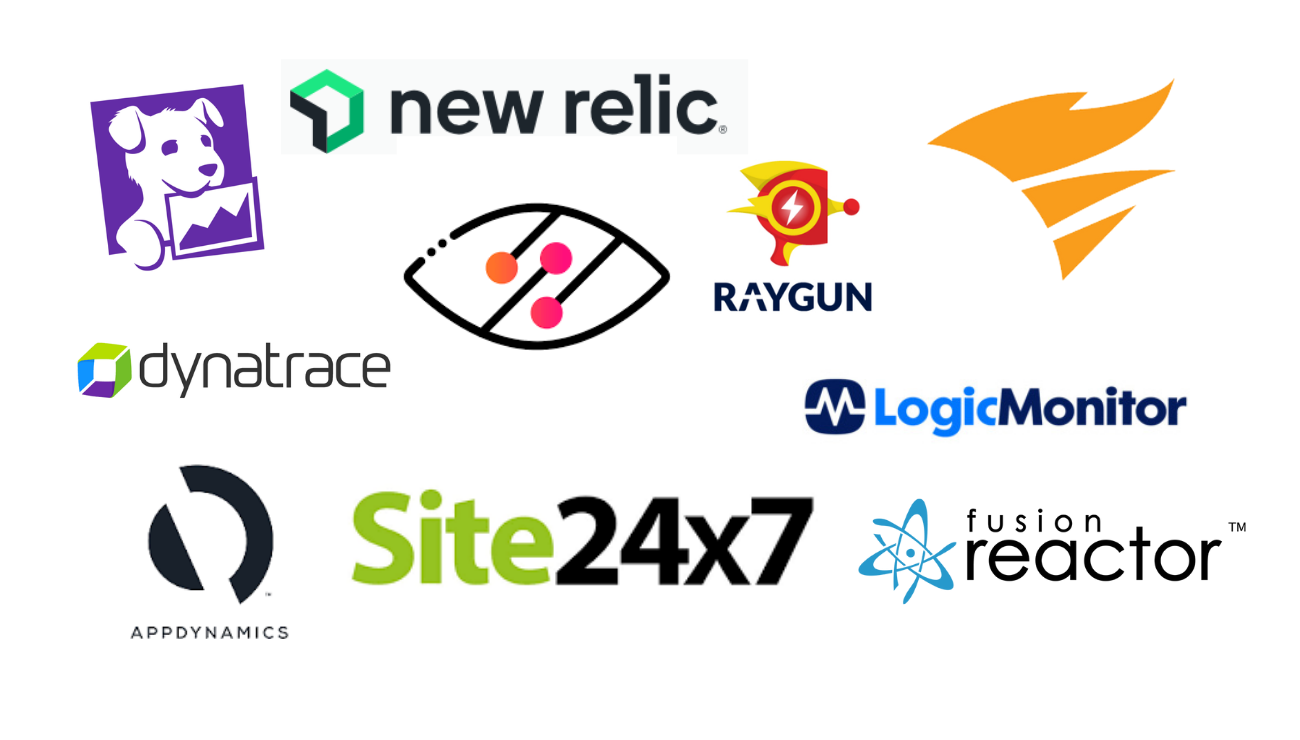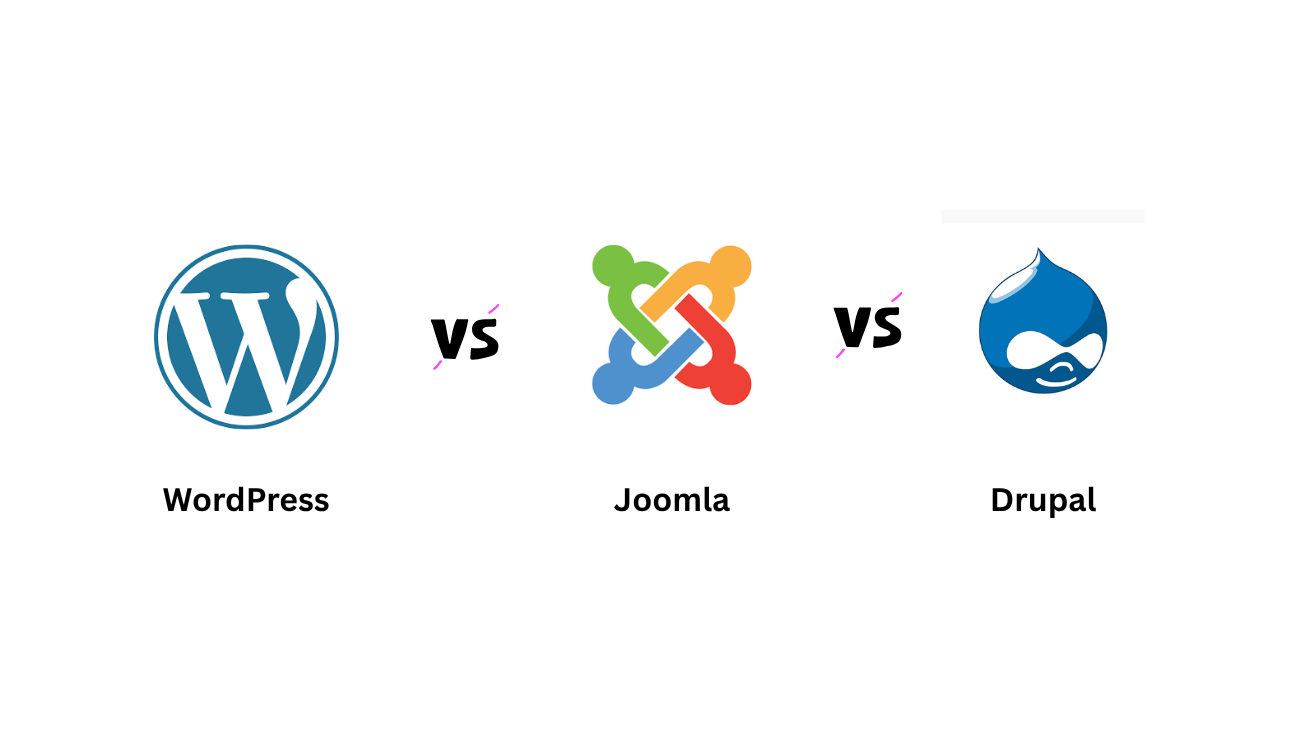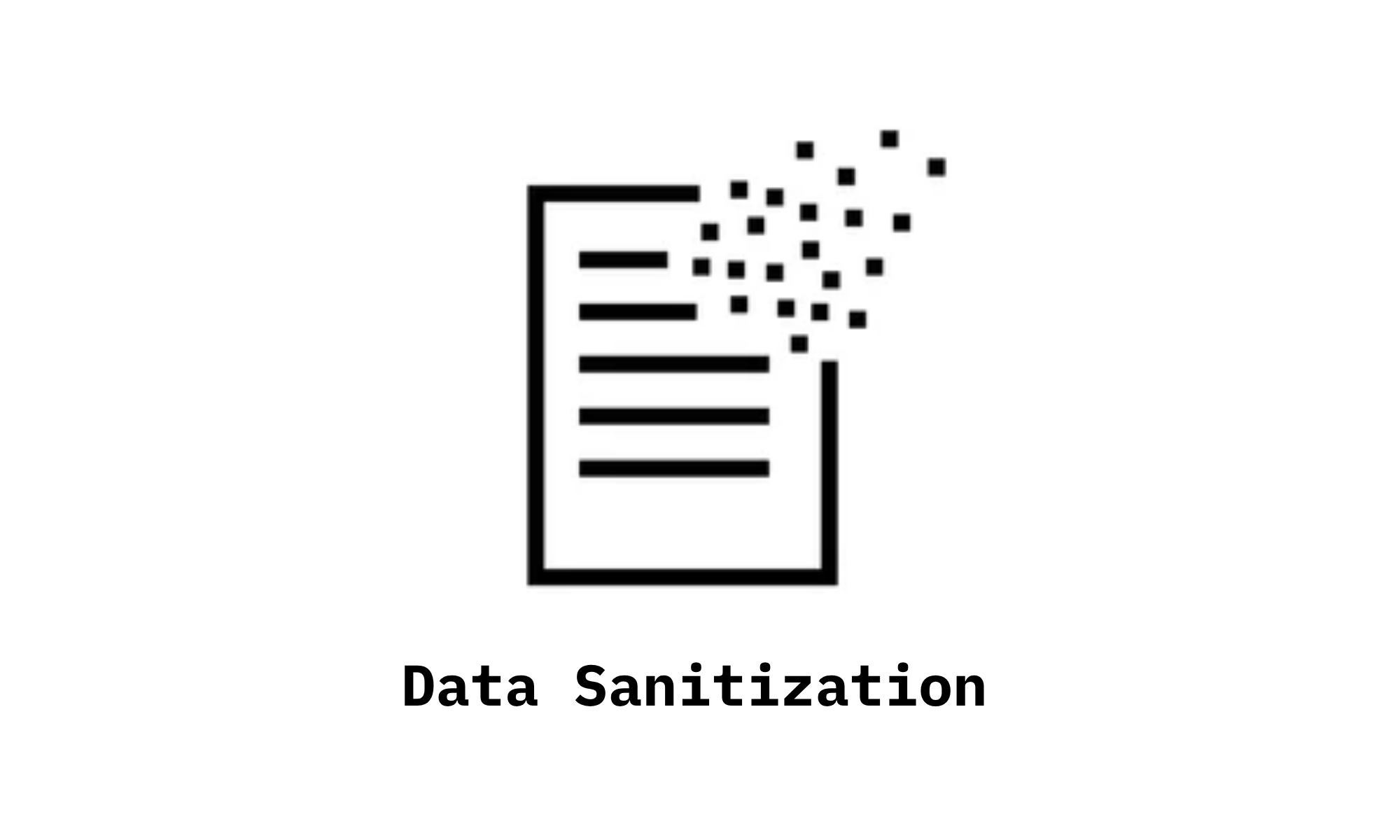
📌 Introduction
App performance monitoring tools help developers and DevOps teams track, diagnose, and resolve performance issues in applications. They provide metrics like response time, error rates, CPU/memory usage, user-experience tracking, and more. Choosing the right tool depends on scale, tech stack, budget, and specific use-cases.
🔍 Top 10 APM Tools in 2025
Here are ten of the most widely used APM tools in 2025, with features, strengths, and cases when they shine:
-
Datadog
-
Full-stack observability: metrics, logs, traces.
-
Real-time dashboards, anomaly detection, lots of integrations (AWS, Kubernetes etc.).
-
Best when you need centralized monitoring across many services. Cons: can be expensive at scale.
-
-
New Relic
-
Strong in distributed tracing, user experience monitoring, error tracking.
-
Good for both backend and frontend performance insights.
-
May have learning curve; pricing can increase with data volume.
-
-
Dynatrace
-
AI-driven monitoring, auto-discovery of services, real user monitoring.
-
Excellent for complex, cloud-native / microservices environments.
-
Complex initial setup and higher cost for smaller teams.
-
-
AppDynamics
-
Business transaction monitoring; tracing requests from user through backend.
-
Useful when application behavior affects business metrics directly.
-
Heavy feature set; may be overkill for simple apps.
-
-
Splunk APM / Splunk Observability
-
Strong in log, trace, metric correlation.
-
Good for environments where detailed forensic analysis of performance issues is needed.
-
Can be costly; steep learning curve.
-
-
SolarWinds AppOptics
-
Simpler UI, good alerting, infrastructure & app monitoring combination.
-
More affordable than some enterprise-grade tools.
-
Might lack some advanced features of larger APM platforms.
-
-
Site24x7
-
Offers both synthetic monitoring and real user monitoring; infrastructure + application combined.
-
Good option for web apps or mixed frontend/backend stacks.
-
Customization and analysis depth might lag behind the largest players.
-
-
Raygun
-
Focus on error and crash reporting + performance metrics; good at showing how real users experience the app.
-
Fast to integrate; useful for mobile/web front-end monitoring.
-
Not always the best for deep backend tracing or infrastructure details.
-
-
LogicMonitor
-
Strong infrastructure + cloud monitoring alongside APM. Useful for hybrid environments.
-
Good dashboards and alerting logic.
-
More focused on infrastructure; may need add-ons for full trace/deep dive of app code.
-
-
FusionReactor
-
Especially useful for monitoring performance of enterprise Java / enterprise apps.
-
Offers profiling, memory/CPU usage analysis.
-
Might not be the first choice for lightweight apps or teams focused on frontend or microservices only.
-
⚖️ How to Pick the Right Tool
| Criteria | Why It Matters |
|---|---|
| Scale & Complexity | More microservices or distributed systems require stronger tracing + automated discovery. |
| Technology Stack Compatibility | Some tools work better with certain languages / platforms. |
| Real-User Monitoring vs Synthetic Monitoring | Knowing actual user experience helps root out issues in the wild. Synthetic helps in pre-deployment or monitoring SLAs. |
| Cost & Pricing Model | Some tools charge by hosts, data ingested, trace volume; high traffic apps need careful cost estimation. |
| Alerting & Dashboard Usability | Good dashboards + alerts that reduce noise = faster response time. |
| Support & Integrations | Integration with existing tools (CI/CD, logs, cloud providers) simplifies setup & maintenance. |
🏁 Conclusion
Each of these tools has its strengths. For large-scale, diverse environments, Dynatrace or Datadog may give the most comprehensive view. For smaller to medium apps, tools like Raygun or SolarWinds AppOptics may offer the best balance of cost vs features.




